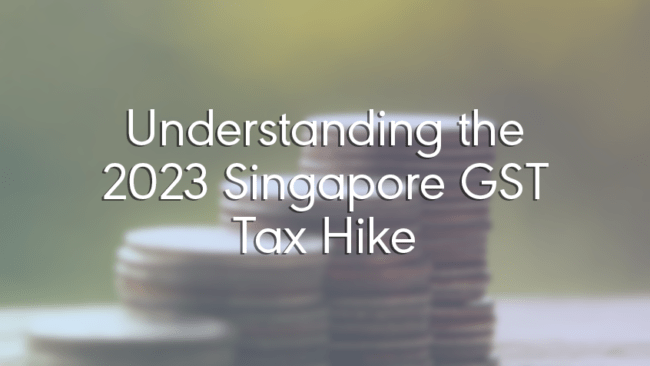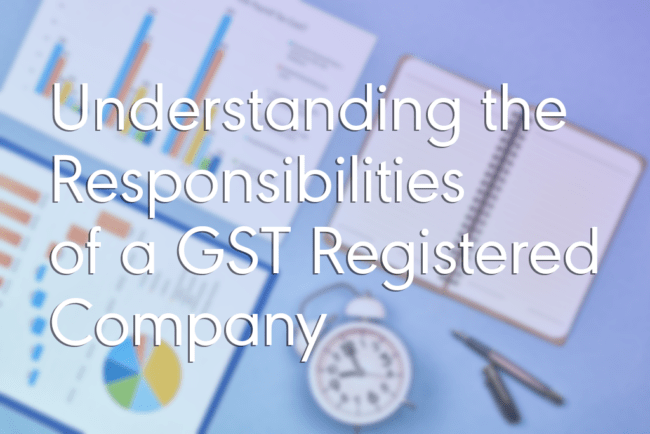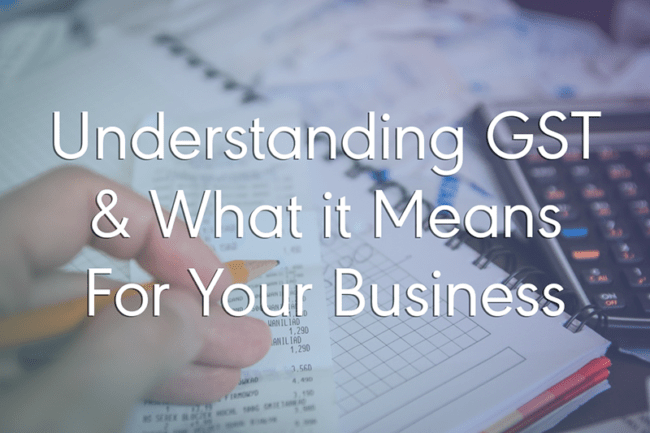Flexible Work Arrangements - Balancing Productivity and Well-being
Written by workbuddy – Singapore’s flexible workspace specialists.
Flexible work arrangements allow employees to deviate from the standard 9 to 5 at the office, Monday to Friday schedule, giving them more choice over either their working hours or location or both. These arrangements differ from company to company, depending on the nature of work and what best suits the team. After the pandemic, flexible work arrangements have become more of an expectation than a perk.
There is no doubt that flexible work arrangements are beneficial to employees. Studies have shown that flexible work arrangements have contributed to employee satisfaction, morale and well-being. With more control over their own schedules, employees can better deal with their mental and physical health, reducing stress and avoiding burnout and absenteeism.
However, there is often some apprehension among business owners when it comes to offering flexible work arrangements due to the perceived risk of reduced productivity and the extra effort required to coordinate remote teams.
The good news is, research shows that flexible work arrangements are beneficial to the company, too. Airtasker’s survey found that flexible workers actually work more than traditional office workers - an average of 1.4 more days a month more, in fact! Rather than decreasing, productivity often increases, as people have the freedom to work at their most focused time of day. Being able to invest more time in their personal lives often means employees will be more dedicated and productive in their professional lives too. Another point to note is that productivity is often correlated with happiness. One study showed that happy people work about 12% harder.

So how do you manage flexible work arrangements in a way that boosts employee well-being without reducing productivity?
-
Set up the right software
There are now a wide range of software solutions designed to keep remote teams connected and productive. Slack, Zoom, Skype, Jira, Trello, Monday, Loomly, and the list goes on. Ensuring all company business is properly secured is also a priority. Research the tools properly and choose the ones that work best for the nature of work in your company.
It’s also important to properly train your team in how to use these tools. For example, on Slack, using the right channels makes it easy to find information when needed and avoid unnecessary messages to irrelevant people. However, teams often find it hard to know which channel to use, when. Also, threads are important for keeping all information on a particular topic together so it’s easy to track.
-
Ensure access to work spaces
The space where you work has a big impact on productivity. During the pandemic, people working from home found it difficult to focus if they didn’t have a dedicated work space. The equipment you use, the way you sit, the materials you need and the aesthetics of the space all have a direct impact on productivity. When implementing flexible work arrangements, some companies offer a budget for home office equipment, or offer their team on-demand access to a range of co-working spaces. Some redesign their offices into a more flexible layout to accommodate the varied schedules and needs of the team.

-
Provide clear boundaries
When implementing flexible work arrangements, the lines between work and home can quickly become blurred. Therefore it’s important to draw clear boundaries between what is flexible and what is fixed. There may be different flexible allowances for different people, so it’s important to communicate those upfront. For example, if everyone is required to attend certain meetings in person, then this rule needs to be enforced consistently in order for it to work. Or perhaps all members are required to update their schedules on the company calendar a week in advance, for example.
It helps to have procedures written out for different scenarios including working from home, working from a co-working space/outside the office, working from the office, and all the different types of leave, etc. These procedures should include guidance on internet security, sharing files, work equipment and any communication requirements.
-
Set clear expectations
Ensure every employee is clear about what is required of them when it comes to flexible work arrangements. For example, some companies require everyone to be at the office during “core hours” so it’s easier to arrange meetings, etc. Some companies require all members to have their video on during a Zoom call, to help them stay focused and connected. Others require a daily check-in with line managers when working from home. Whether big or small, all expectations must be communicated and complied with in order for flexible work arrangements to be implemented smoothly.
When allocating tasks or setting work goals, it’s important to have clear instructions and a deadline. It also helps to communicate how each project fits in with the wider company’s goals to boost motivation but also to help the employee understand the wider impact of not meeting the goal. When goals are not met, make sure to reflect, address any problems, and discuss what can be improved next time.
Projects run much more smoothly when every team member is clear about what is expected of them.
-
Build communication structures
The key to successful flexible work arrangements is communication. Everyone communicates differently and if they are working remotely or during different hours, communication is even more important. In fact, over-communication is recommended.
Communication structures are guidelines for what to communicate to whom, when. For example, defining lines of communication for each project or task makes a big difference. Again, make expectations clear: should a mistake be communicated to a manager straight away or only after a fix has been attempted? What channel of communication should be used for what type of messages? Is it okay to send messages “out of hours”? How quickly are employees required to respond to messages?
These structures can help a project flow smoothly, no matter who is involved or when and where they work. For example, when a request is made by the manager for the team to perform a certain task, the request should be allocated to a specific person, include specific actions and a specific timeframe. Team members should then acknowledge when the task has been completed.
These quick communication hacks help a group of disparate people work efficiently as a team.
Since flexible work arrangements are now becoming the norm, there is a proliferation of best practices out there to follow. We hope this information has been helpful. If you’d like a free consultation on how to adopt more flexibility for your company, reach out to workbuddy who can help you find flexible office space and co-working solutions for your team.





















